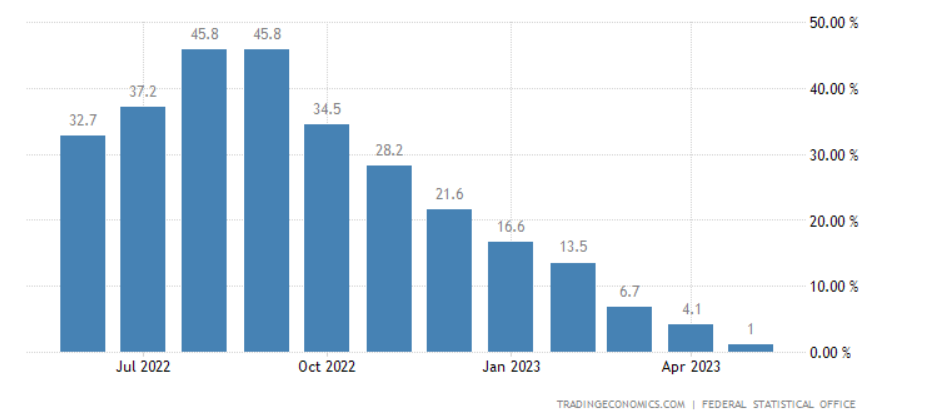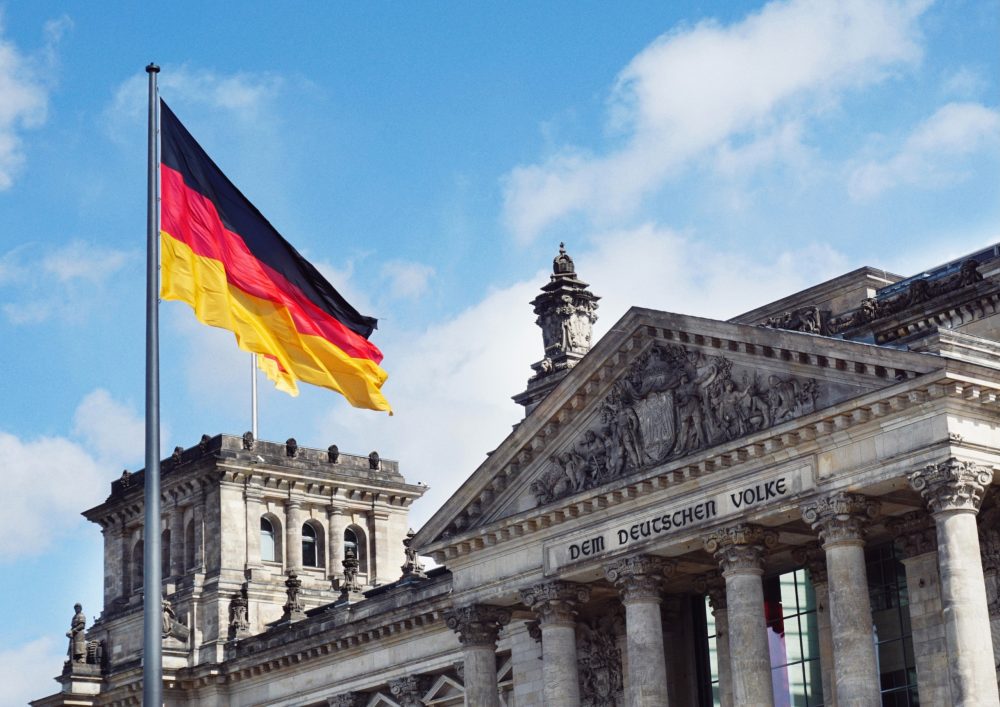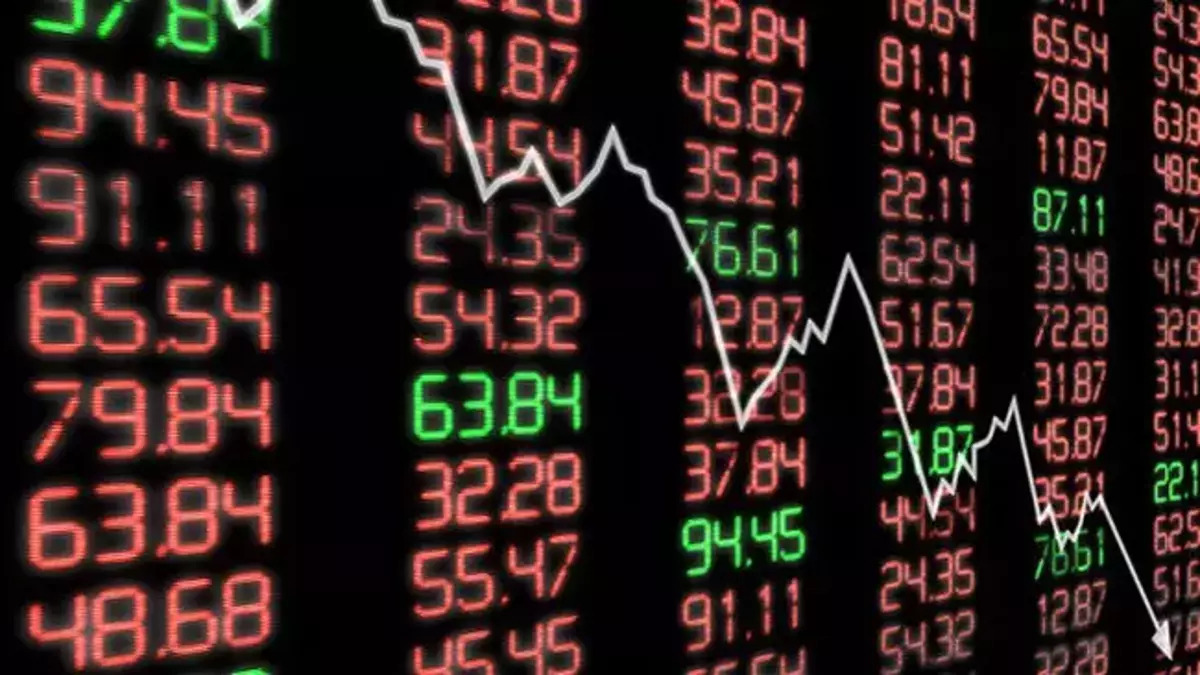Consumer inflation figures were announced in Germany, one of the largest industries in Europe and the world. According to the data of the Federal Statistical Office Destatis, while the monthly PPI continued to be negative, the annual metric approached zero.
Consumer prices in Germany decreased by 0.3% compared to the previous month and increased by 0.1% year-on-year. Although the pressure on PPI continues to ease, the figures came in slightly above expectations. Market participants had predicted that the PPI would decrease by 0.4% compared to the previous month and would reach zero level annually.
 German PPI data (annual).
German PPI data (annual).What is Producer Inflation?
Many people who develop themselves for the investor and financial literacy have surely encountered the term producer inflation (PPI). PPI, one of the most important macroeconomic data of a country, measures the price increases that the producer is exposed to.
The vast majority of experts try to predict the future by examining the difference between producer and consumer inflation. If the PPI is higher than the CPI, we expect the producers to reflect the cost increase to the prices. In the opposite cases, comments are made that there is no pressure originating from the producer cost and that the problem is due to demand.
While the last measured annual CPI in Germany was 6.4%, the PPI was recorded as 0.1%. This means that there is no producer-driven inflationary pressure in the country.
Consumer confidence in the European giant has recently fallen.







